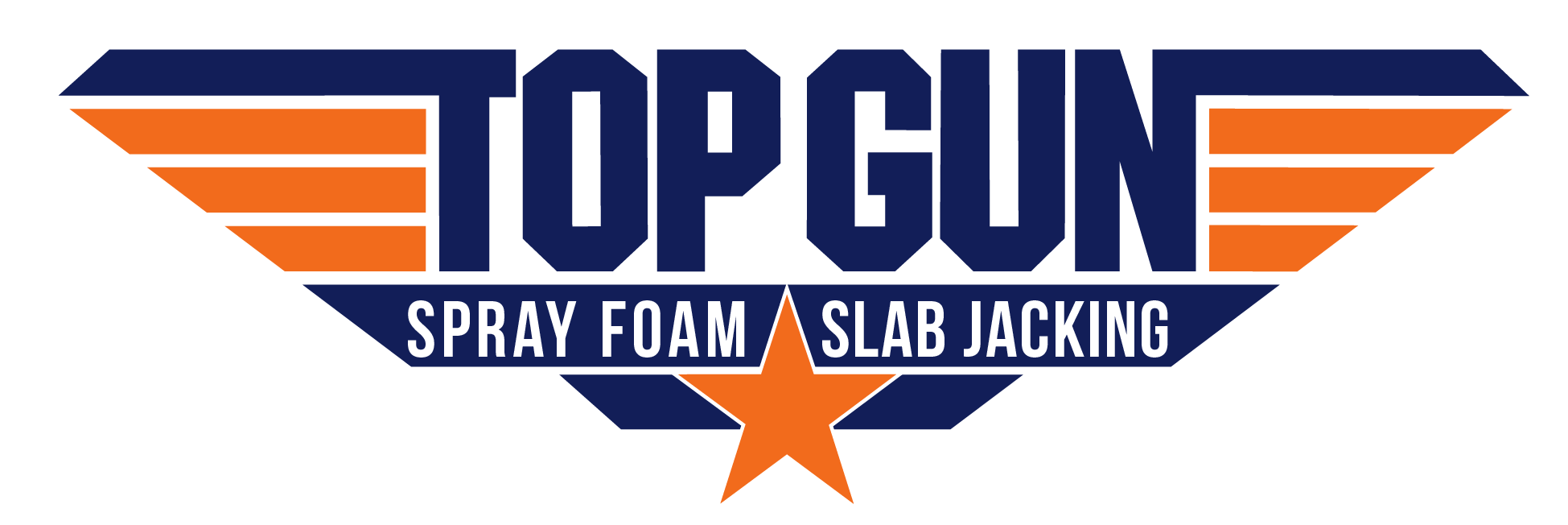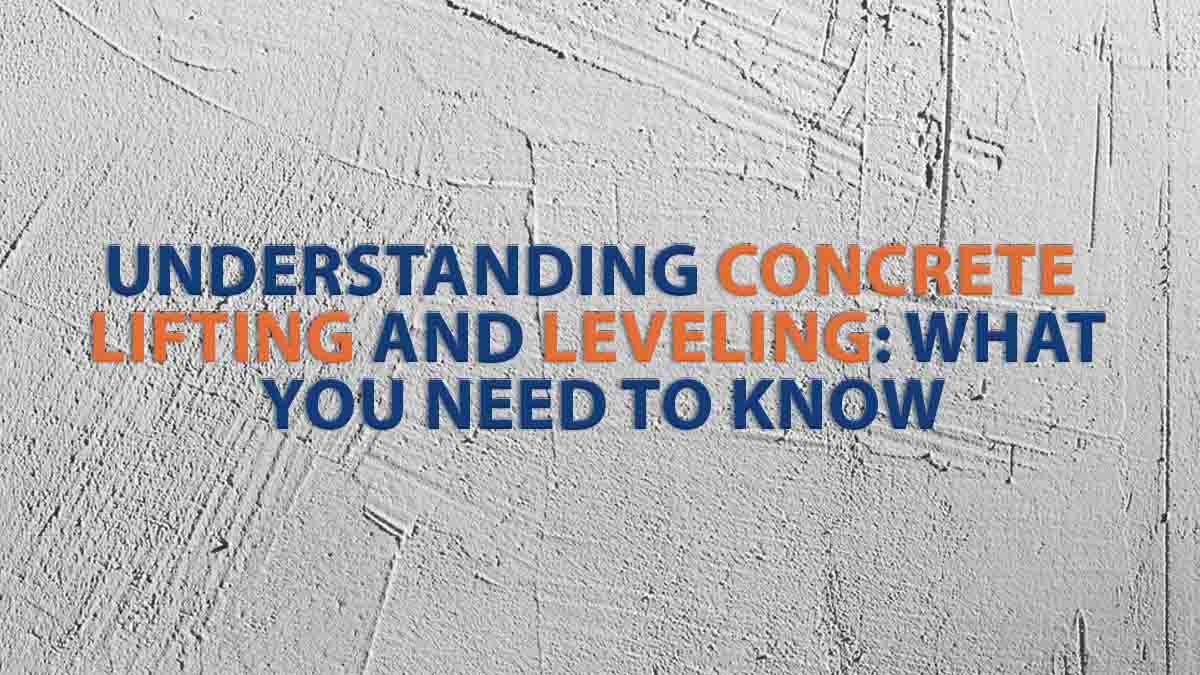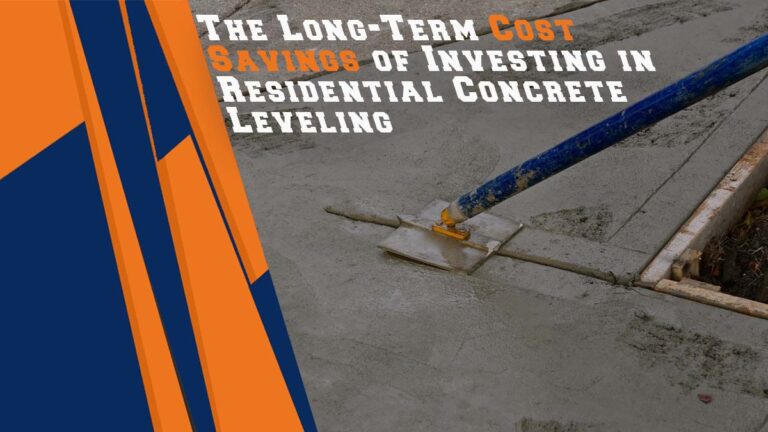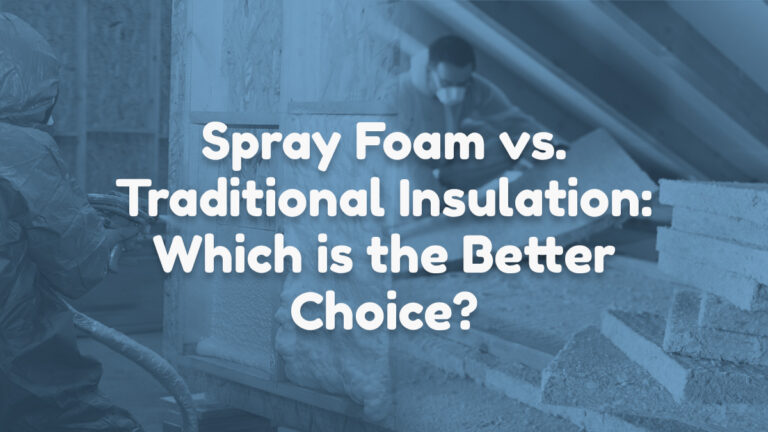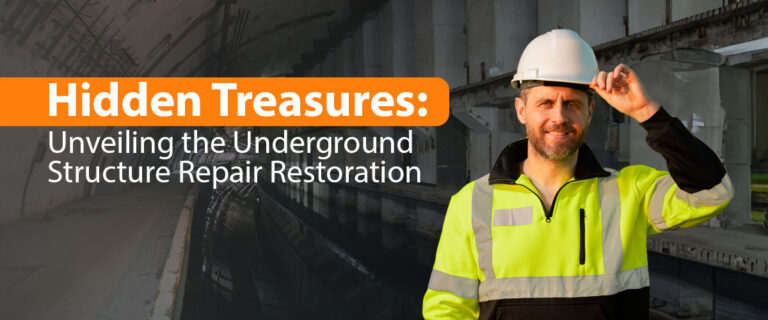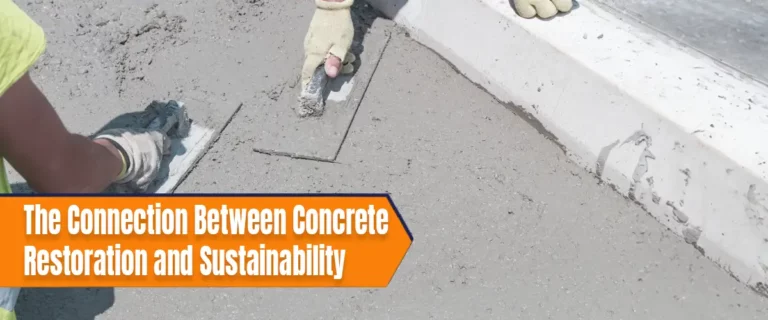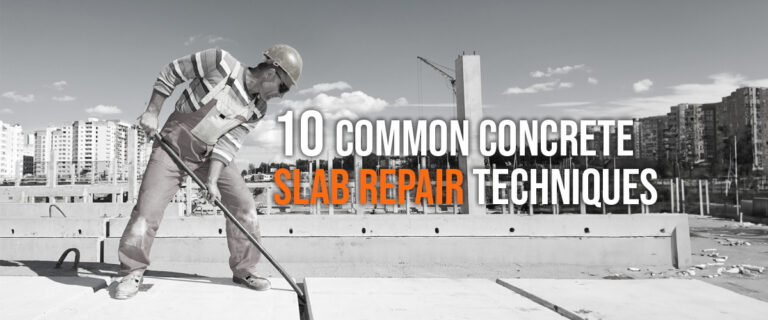Understanding Concrete Lifting and Leveling: What You Need to Know
Are sunken and cracked concrete surfaces turning your property into a safety hazard and an eyesore? How do I restore stability and aesthetics without breaking the bank? Look no further! Concrete lifting and leveling might be the game-changer you seek. Say goodbye to tripping hazards and unsightly blemishes as we delve into the importance of this transformative process, the telltale signs, and the cutting-edge techniques involved. Get ready to unlock the secrets to a level, safe, and stunning property. But first, let’s explore the essential knowledge you need to embark on this concrete rejuvenation journey.
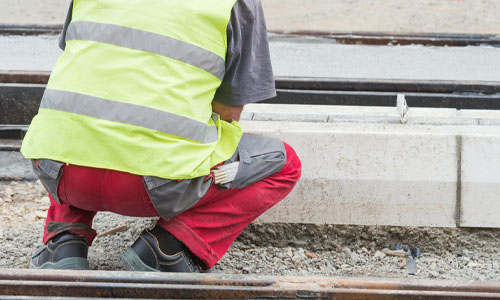
What Is Concrete Lifting and Leveling?
Concrete lifting and leveling is a remarkable procedure that rejuvenates uneven or sunken concrete surfaces, returning them to their former pristine state. This meticulous process involves elevating the concrete slab by injecting carefully chosen substances beneath it, effectively eliminating gaps and reinstating robust stability. Its widespread application encompasses driveways, sidewalks, patios, and other concrete surfaces.
To begin this transformative journey, we comprehensively assess the affected area. Delicate perforations are carefully drilled into the concrete, enabling precise injection of specially designed materials. Using cutting-edge equipment, we introduce the lifting substance with meticulous care. The concrete is gently elevated as the material expands, guaranteeing a flawlessly level surface. We employ various fabrics, including versatile polyurethane foam, resilient cement-based grout, soil, water, and cement amalgamation.
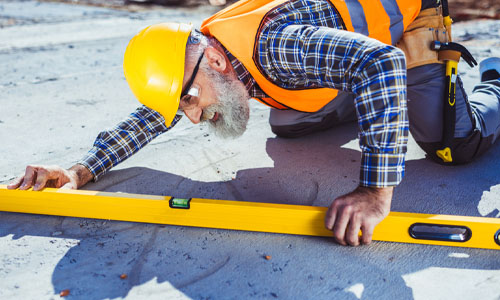
Signs You Need Concrete Lifting and Leveling
Identifying the signs that indicate the need for concrete lifting and leveling is crucial for maintaining the integrity of your surfaces. Below are some typical indicators to watch out for:
A. Uneven Surfaces
Consider concrete lifting and leveling if you encounter uneven surfaces, with certain sections noticeably higher or lower than the surrounding areas. These rough surfaces are not only unsightly but also pose a tripping hazard.
B. Cracks in Concrete
Concrete cracks are clues of underlying issues, such as soil movement or settling. Ignoring these cracks can lead to further damage and potential safety risks. Addressing them through lifting and leveling ensures that the concrete remains structurally sound and minimizes the risk of future complications.
C. Water Pooling Around the Area
Sunken or uneven concrete can disrupt the proper flow of water, resulting in areas where water collects and pools. It can also lead to drainage problems, potential erosion, and even water damage to nearby structures. By opting for concrete lifting and leveling, you can correct the slope of the surface, facilitating proper water runoff and preventing pooling issues.
D. Stability Issues
If you experience a sense of instability or notice a wobbling sensation when walking or driving on concrete surfaces, it is likely a consequence of unevenness or sinking. This instability not only affects the usability of the area but also poses safety concerns. Concrete lifting and leveling techniques can restore stability, ensuring a solid foundation and a secure surface for regular use.
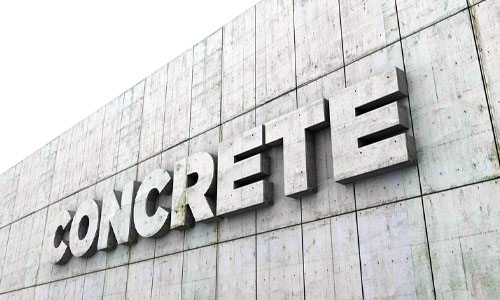
Types of Concrete Lifting and Leveling Techniques
Concrete lifting and leveling employ several techniques, each suited explicitly for different scenarios. The three most common procedures include:
A. Mudjacking
Mudjacking, also known as slab jacking, is a technique that involves injecting a mixture of soil, water, and cement beneath a sunken concrete slab. This specialized mixture, called “mud,” is pumped into strategically drilled holes, filling the voids and compacting the soil beneath the slab. As the mixture expands and solidifies, it lifts the concrete slab, effectively leveling it and restoring stability to the surface. Mudjacking is a reliable and cost-effective method for addressing sunken or uneven concrete, providing a durable and long-lasting solution.
B. Foam Lifting
Foam lifting, or polyurethane foam injection, is a cutting-edge technique to raise and level concrete surfaces. This method utilizes a specially formulated polyurethane foam injected through small holes drilled into the sunken or uneven concrete slab. The foam rapidly expands upon contact, filling voids and lifting the slab to the desired height. As the foam hardens, it provides structural support and stabilization to the concrete. Foam lifting offers several advantages, including its lightweight nature, ability to fill small voids and minimal disruption during the process. It receives high regard for its efficient and precise results in residential and commercial applications.
C. Slabjacking
Slab jacking, similar to mud jacking, is a technique employed to lift and level concrete surfaces. However, slab jacking uses a cement-based grout instead of a soil-cement mixture unlike mud jacking. This method injects the cement-based grout beneath the sunken concrete slab through strategically placed holes. As the grout fills the voids and gaps, it exerts pressure, raising the slab to the desired level. The cement-based grout then hardens, providing stability and support to the lifted concrete. Slabjacking is a versatile solution suitable for a wide range of concrete lifting and leveling applications, offering efficient and long-lasting results.
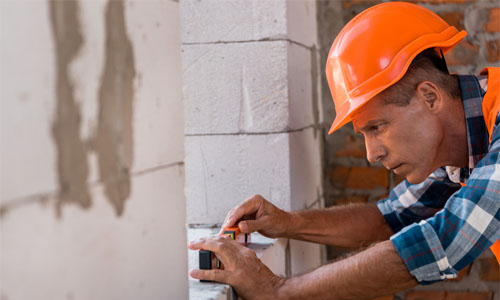
Choosing a Professional Concrete Lifting and Leveling Company
Selecting a reputable, experienced company is crucial when considering concrete lifting and leveling. Here are some key factors to consider:
A. Qualities to Look for
When choosing a professional concrete lifting and leveling company, it is essential to consider certain qualities that indicate competence and reliability. Look for a company with a solid industry reputation, as this demonstrates its commitment to delivering high-quality services. Check if they hold the necessary licensing and certifications to meet the required standards and regulations. Additionally, please verify that the company has appropriate insurance coverage, including liability insurance, to protect you and your workers. A track record of successful projects is another positive indicator, showcasing their expertise and ability to deliver satisfactory results.
B. Questions to Ask
Before reaching a final decision, it is vital to pose pertinent inquiries to facilitate a more comprehensive comprehension of the company’s approach and services. Inquire about their lifting and leveling techniques, as different methods may suit your project. Ask about the materials they use, ensuring they utilize high-quality and durable products that meet industry standards. Additionally, inquire about their warranty or guarantee policies to ascertain the level of support and assurance they provide. By asking about these aspects, you can make a well-informed decision and establish trust in the company’s capability to meet your needs.
C. Importance of Experience and Training
Concrete lifting and leveling are specialized tasks that require expertise and proficiency. Prioritize experience and training when selecting a company. Ensure that the company’s technicians have undergone comprehensive training programs and possess the necessary certifications in concrete lifting and leveling techniques. Moreover, experienced technicians have encountered various challenges and scenarios, enabling them to handle your project efficiently and skillfully. They also ensure accurate and safe work performance by applying their knowledge of best practices and industry standards. Therefore, by opting for a company that boasts experienced and well-trained technicians, you can rest assured that your concrete lifting and leveling requirements are in competent hands, granting you peace of mind.

Long-Term Savings: Invest in Concrete Maintenance!
Understanding the importance of lifting and leveling is crucial for maintaining your concrete surfaces’ integrity, safety, and aesthetic appeal. You can restore functionality and prevent further damage by addressing issues such as unevenness, cracks, water pooling, and stability problems through specialized techniques like mud jacking, foam lifting, and slab jacking. When selecting a reputable company, look for qualities like a solid reputation, proper licensing, insurance coverage, and a track record of successful projects.
By making regular maintenance investments and promptly addressing repairs, you can achieve long-term cost savings while boosting your property’s value. Embrace the transformative power of concrete lifting and leveling, and enjoy the stable, level, and visually appealing concrete surfaces that enhance the overall quality of your property.
